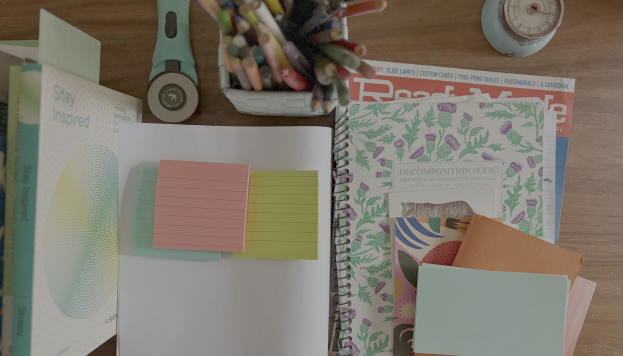The Revenge of Print

As an industry we spend a lot of time worrying about paper deselection, and rightly so. But lately, I seem to hear more about companies that had previously decided to get out of paper and are now back with paper.
And I don’t just mean the utilities and banks and service providers who, sometimes despite their best efforts, have found that customers still want paper billing options.
No, companies of all kinds are experiencing what one author colorfully calls “The Revenge of Analog,” a growing appreciation for—and pull toward—the physical, the tangible and the real.
Thos. Moser for instance, makes handmade American furniture with a focus on sustainability. They did away with their print catalog a few years ago, but have since brought it back—scaling back on printing costs while actually growing their subscription list. Indeed, a major part of the appeal of Moser’s beautifully constructed catalogs is that they are every bit the objects of art as the craft furniture they advertise—which is why “vintage” Moser catalogs are selling on Etsy for $35.
That follows several other companies that did away with mailing catalogs before bringing them back, from J.C. Penney to Neiman Marcus. Crate & Barrel, for example, offers print catalogs sourced from responsibly-managed, independently-certified forests supported by our member companies.
Not every mail order catalog need be a work of art, but they all help “cut through email clutter and social-media saturation” according to one retail brand expert.
Perhaps even more remarkable is that companies that began their lives as digital-only—like Wayfair.com—have started sending out print catalogs of their own. And the granddaddy of all e-retailers, Amazon, scored a major marketing win with its holiday catalog, giving children and adults alike the opportunity to dog ear the pages with everything on their wish list. Amazon’s decision to mail millions of catalogs took a page out of the old Sears, Roebuck and Co. playbook, but with a twist. Themed pages for “the foodie,” “the little” and “the fashionista” curated something everyone could get excited about.
And it’s not just about selling stuff. It’s about building brands. That’s why an increasing number of digital disruptors are expanding into the analog world. Airbnb launched a print travel magazine through Hearst in 2017. It doesn’t list rentals; it cultivates a lifestyle. Net-a-Porter, the major game-changer in online high fashion, rolled out a print magazine not just to advertise their wares, but to compete directly with the likes of Vogue. Similarly, periodicals like HGTV Magazine and Magnolia Journal aren’t just retail arms for their parent brands—they’re extensions of them. Or, as the Net-a-Porter founder put it: “We’re building a physical temple to our brand—like Apple did with stores.”
That’s the pull of the “physical”, the revenge of the analog. It’s walking into a car dealership or a home design store and being able to leave with a brochure. It’s browsing college course offerings from a flappable booklet and not just a website. It’s reading about paper companies’ annual sustainability wins on paper, not their websites.
The idea that print is more intentional and digital more ephemeral is at the core of a decade of P+PB consumer research and communication. It’s one of those things that is obvious to most of us at a fundamental level, but it’s also something that most of us rarely think about or articulate in normal life.
Print draws in our focus, it frames our attention, limits the extraneous and offers tangible feedback in a way a screen simply can’t.
That’s why it was so baffling to so many that modular furniture giant IKEA discontinued its iconic catalog in 2021. According to the company itself IKEA “didn’t discontinue the printed catalog because the contents weren’t relevant – it remained just as interesting and had long been shared in all kinds of ways.” Nor was it primarily driven by environmental concerns—they’d achieved 100 percent independently certified sustainable paper sourcing and reduced the catalog’s carbon footprint by 50 percent in just five years. Instead, IKEA cites both the changing media landscape and distribution challenges created by the pandemic for the decision to halt their print product.
But given everything else we are seeing and hearing, I wouldn’t be surprised to see IKEA’s analog catalog make a comeback of its own.






